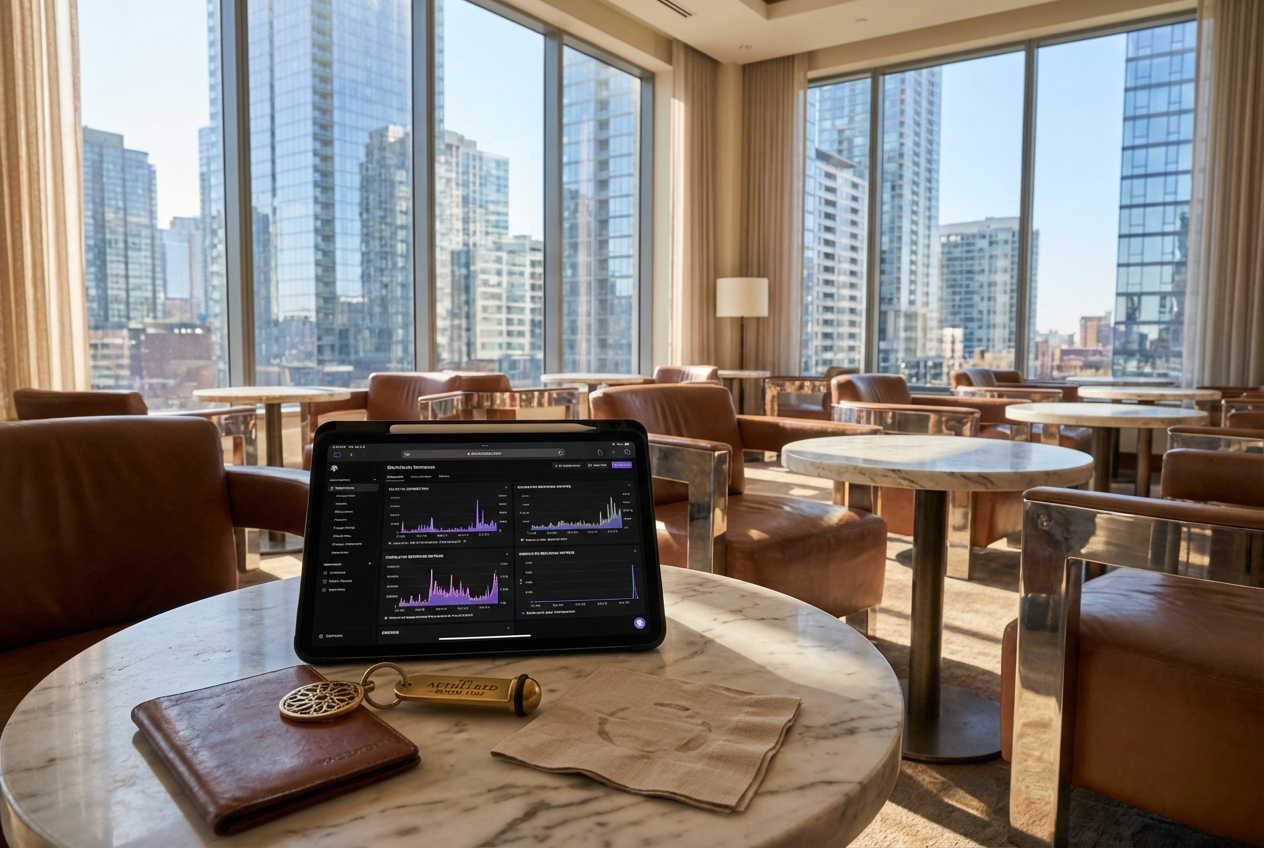
In the race to scale Ethereum and other smart contract platforms, data availability layers have emerged as a foundational technology. As rollups become the go-to solution for scaling, the challenge of ensuring that transaction data is always accessible and verifiable has taken center stage. Two of the most talked-about DA solutions provides Celestia and EigenDA: are setting new standards for blockchain data security, throughput, and modularity. But how do they compare in practice for rollup ecosystem scaling?

Why Data Availability Layers Matter for Rollups
Rollups compress transactions into batches and post them on-chain, but their security relies on all participants being able to access the underlying data. If data goes missing or is withheld, rollup chains become vulnerable to censorship or fraud. This is where dedicated data availability layers step in: they guarantee that all necessary transaction data remains visible, complete, and secure for anyone who needs to validate it.
The modular blockchain thesis, separating execution from consensus and data availability, pushes DA layers like Celestia and EigenDA to the forefront. These protocols offer specialized infrastructure for storing massive amounts of rollup data without overburdening base layers like Ethereum.
Celestia: Modular Scalability with Blockchain-Agnostic Design
Celestia was built from the ground up as a dedicated DA layer. Its architecture is simple yet powerful: Celestia provides consensus and data availability, but leaves execution entirely up to connected rollups or application chains. This means any blockchain, EVM-based or otherwise, can leverage Celestia’s blobspace without being tied to a specific execution environment.
- Consensus: Proof-of-Stake secures the network while keeping costs predictable.
- Fraud Proofs: Data is assumed available unless someone submits a fraud proof during a challenge period.
- DAS (Data Availability Sampling): Light nodes can verify huge blocks by sampling small random portions, enabling both scalability and decentralization.
This approach gives Celestia an edge for projects seeking flexibility across different ecosystems, not just Ethereum L2s. Its design allows it to serve as universal infrastructure for emerging modular blockchains.
Key Features: Celestia vs EigenDA for Rollup Scaling
-
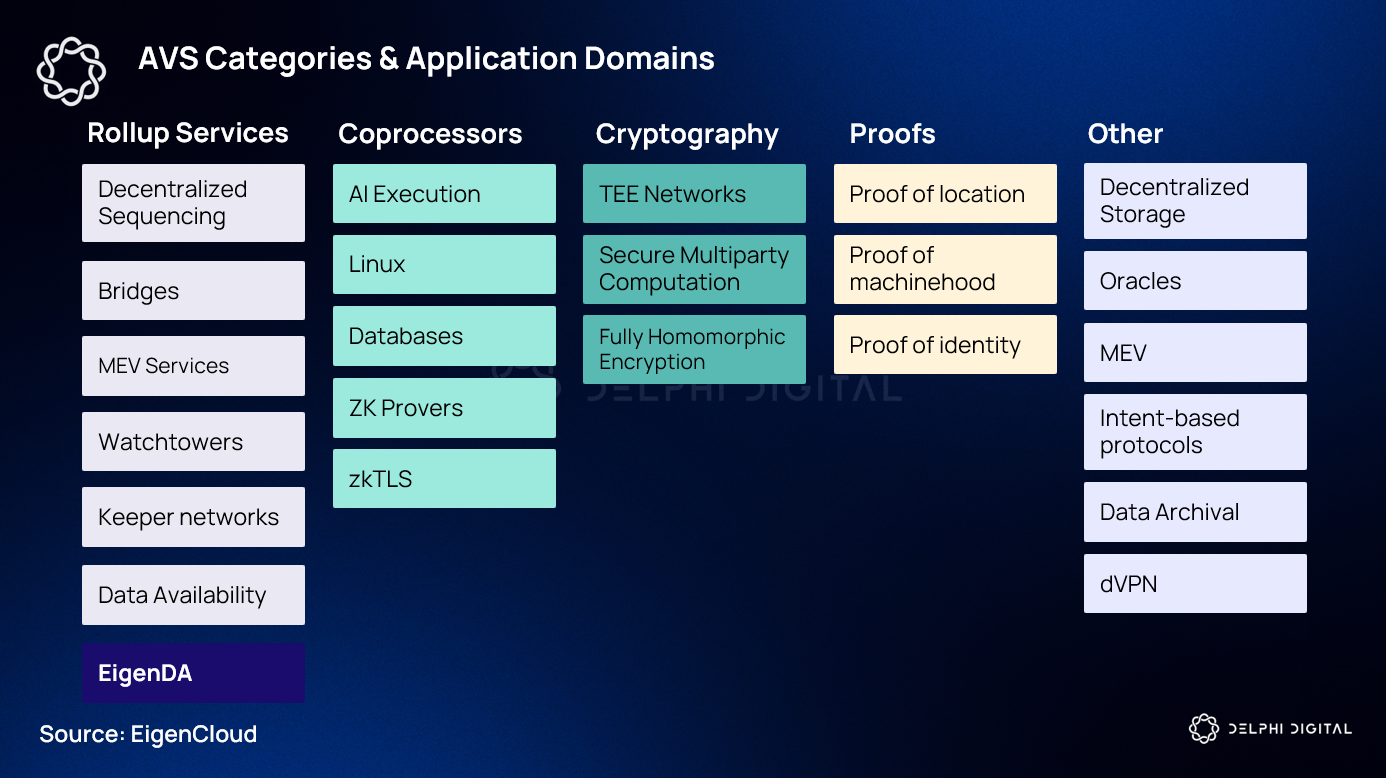
Consensus Mechanism: Celestia employs its own Proof-of-Stake (PoS) consensus, ensuring independent security and governance. In contrast, EigenDA leverages Ethereum’s PoS via the EigenLayer restaking protocol, inheriting Ethereum’s robust security model.
-
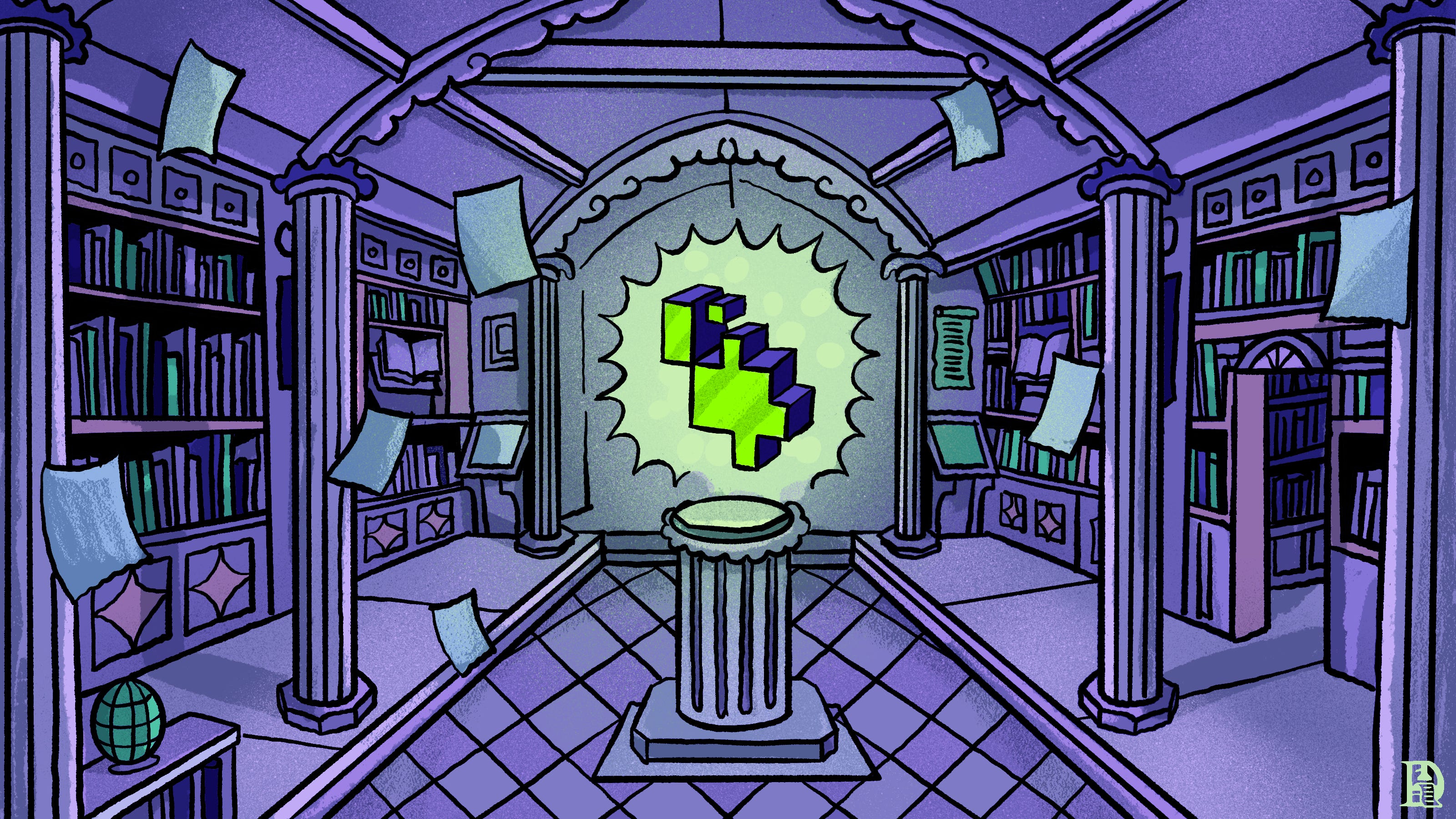
Data Verification Methods: Celestia uses fraud proofs, assuming data availability unless challenged during a dispute period. EigenDA utilizes KZG validity proofs, allowing proactive verification of data correctness without downloading entire blobs.
-
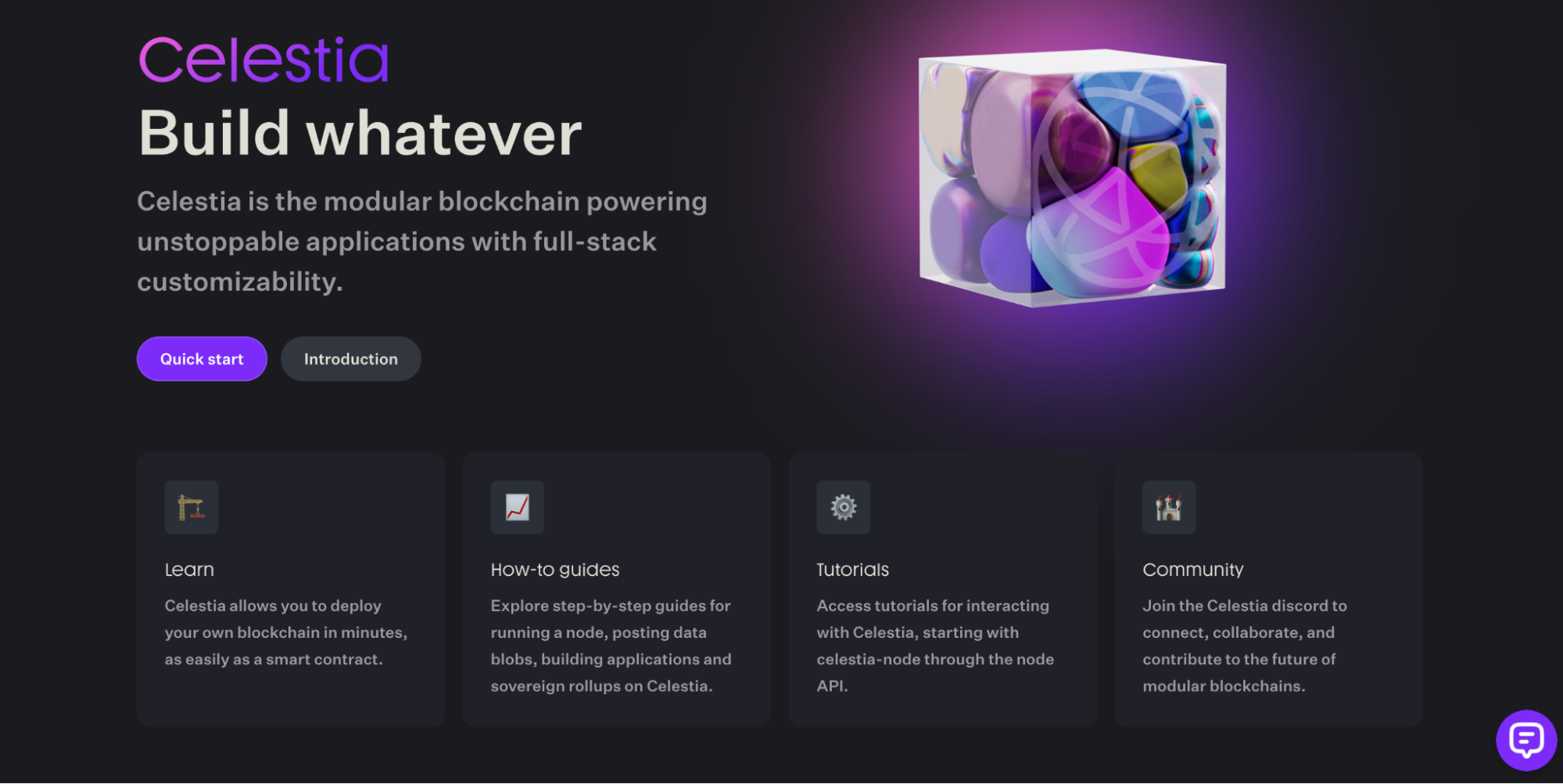
Scalability Approaches: Celestia supports Data Availability Sampling (DAS), enabling light nodes to efficiently verify large blocks and boost scalability. EigenDA achieves high throughput by scaling linearly with the number of operators, optimizing for Ethereum rollup data needs.
-

Integration and Ecosystem: Celestia’s modular, blockchain-agnostic architecture supports diverse rollup frameworks and blockchain environments. EigenDA is deeply integrated with Ethereum, making it ideal for projects within the Ethereum Layer-2 ecosystem.
-
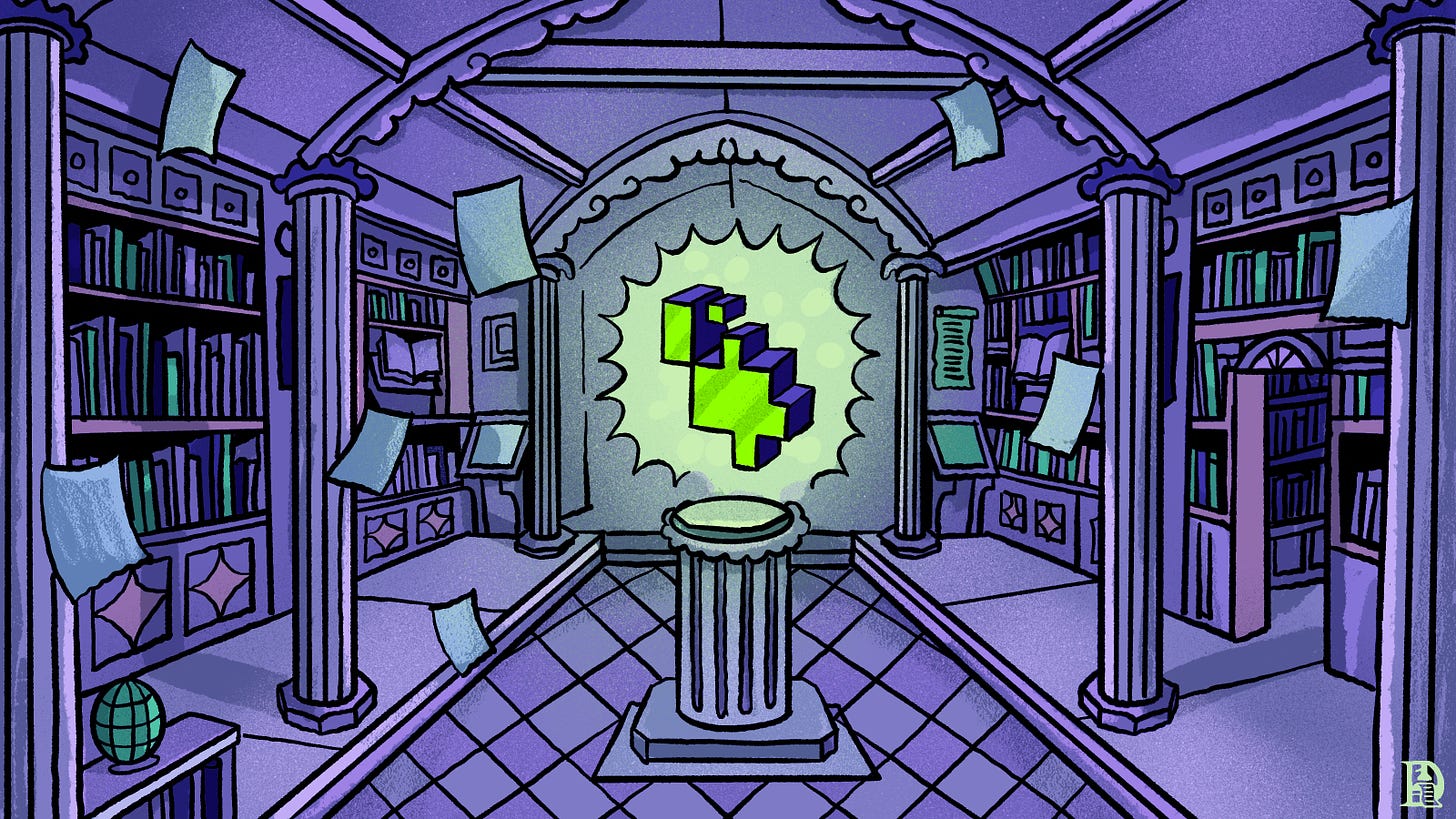
Security Model: Celestia’s security is anchored in its own validator set and PoS system. EigenDA introduces a Dual Quorum system—requiring attestations from both ETH restakers and rollup-native token stakers—further enhancing security for Ethereum rollups.
EigenDA: Ethereum-Native Security Through Restaking
EigenDA, by contrast, takes a more Ethereum-centric route. Built atop EigenLayer’s restaking protocol, it lets ETH holders restake their assets to secure additional services, including DA, without leaving Ethereum’s security umbrella.
- KZG Commitments: Uses cryptographic proofs so nodes can verify blobs without downloading them in full.
- Dual Quorum: Requires consensus from both ETH restakers (inheriting mainnet security) and rollup-native token stakers (aligning incentives with specific L2s).
- Tight Integration: Designed specifically for EVM-based rollups seeking high-throughput DA directly within the Ethereum ecosystem.
This model offers high throughput that scales with operator count, making EigenDA particularly attractive for large-scale L2s looking to maximize performance while remaining deeply integrated with Ethereum’s economic security model.
Differentiators at a Glance
| Celestia | EigenDA | |
|---|---|---|
| Main Focus | Agnostic/modular DA layer for any chain | Tightly coupled with Ethereum L2s via restaking |
| Consensus Mechanism | Natively PoS on its own chain | EVM PoS via restaked ETH and native tokens |
| Main Verification Method | DAS and fraud proofs (challenge period) | KZG validity proofs (proactive verification) |
| Ecosystem Compatibility | EVM and non-EVM chains supported equally | Mainly EVM/Ethereum L2 focus |
| User Experience and Cost Model | Lighter nodes; flexible cost structures | Tied closely to ETH economics; scalable throughput |
Yet the real-world choice between EigenDA vs Celestia isn’t just a matter of technical specs. It’s about what rollup teams, developers, and DA maximizers need: universal interoperability or Ethereum-native security. As modular blockchain adoption accelerates, these distinctions are shaping the future of rollup ecosystem scaling and blockchain data security.
Ecosystem Impact and Developer Considerations
For builders, the decision often comes down to integration requirements and long-term vision. Projects that prioritize cross-ecosystem compatibility or want to hedge against Ethereum-specific risks may gravitate toward Celestia. Its blockchain-agnostic approach and DAS innovation mean that both EVM and non-EVM rollups can tap into scalable DA without vendor lock-in. This flexibility also appeals to emerging chains seeking to bootstrap their own execution environments with robust data guarantees.
In contrast, if your protocol is deeply tied to Ethereum, leveraging its DeFi composability or benefiting from ETH’s economic security, EigenDA’s restaking model offers a seamless fit. The dual quorum system not only amplifies security but can also align incentives across multiple L2s sharing the same DA layer, creating powerful network effects within the Ethereum modular stack.
Cost, Performance, and Scalability Tradeoffs
Cost dynamics are another key differentiator. Celestia’s pricing is designed for predictability and scale: by decoupling DA from execution, it can offer flexible cost structures that suit everything from small appchains to high-throughput rollups. Its use of DAS means even light clients can participate in validation without heavy hardware requirements, lowering the barrier for decentralization.
EigenDA’s throughput scales linearly with operator count, which is ideal for L2s expecting exponential data growth. However, its fee structure is closely linked to ETH economics, providing predictability for those already aligned with Ethereum but potentially less flexibility for chains outside the EVM universe.
Pros and Cons: Celestia vs EigenDA for Rollups
-
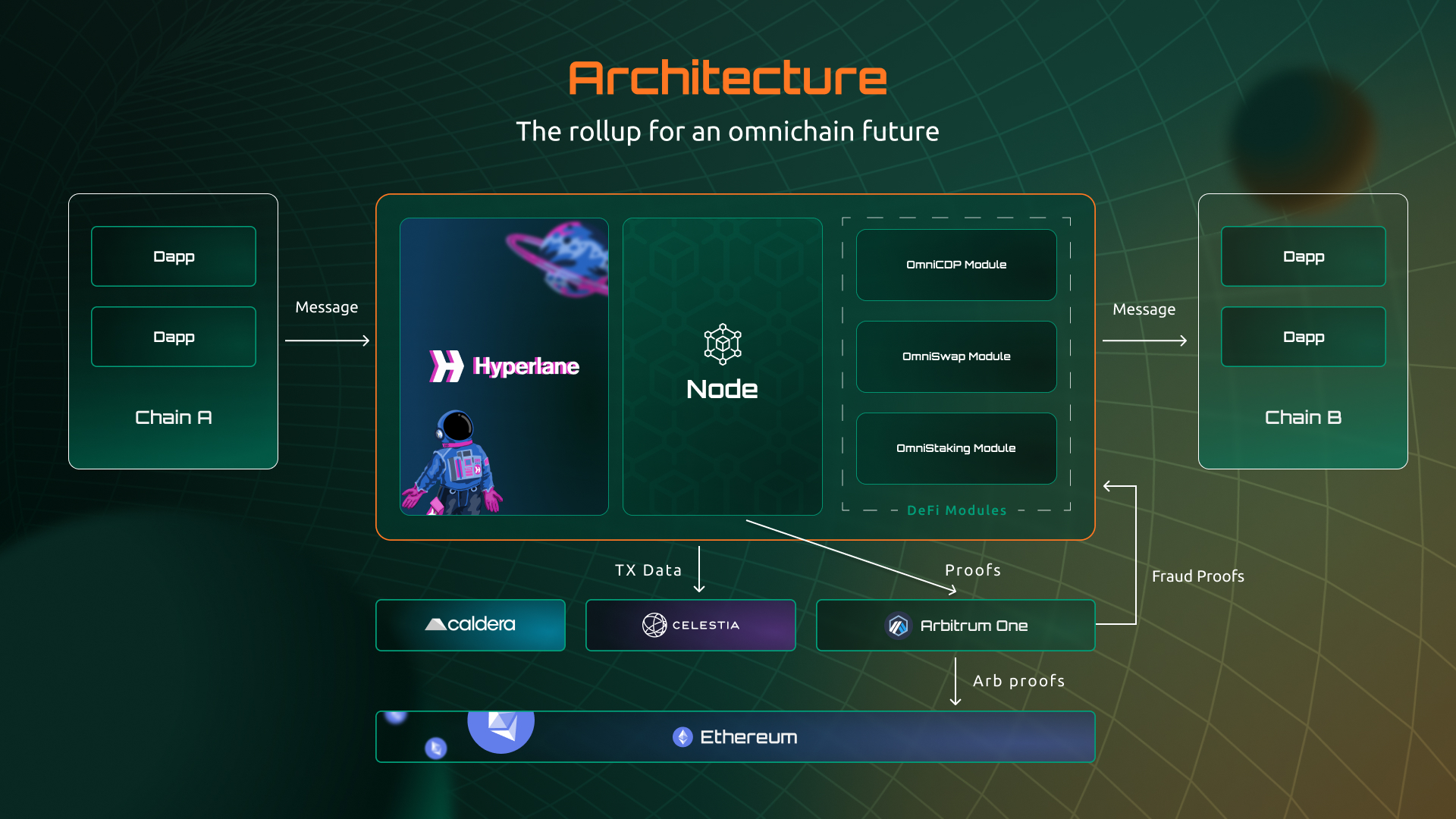
Celestia: Broad Compatibility & ModularityCelestia offers a blockchain-agnostic, modular data availability layer, making it suitable for a wide range of rollup frameworks beyond Ethereum. Its architecture allows seamless integration with various ecosystems, providing flexibility for projects not exclusively tied to Ethereum.
-
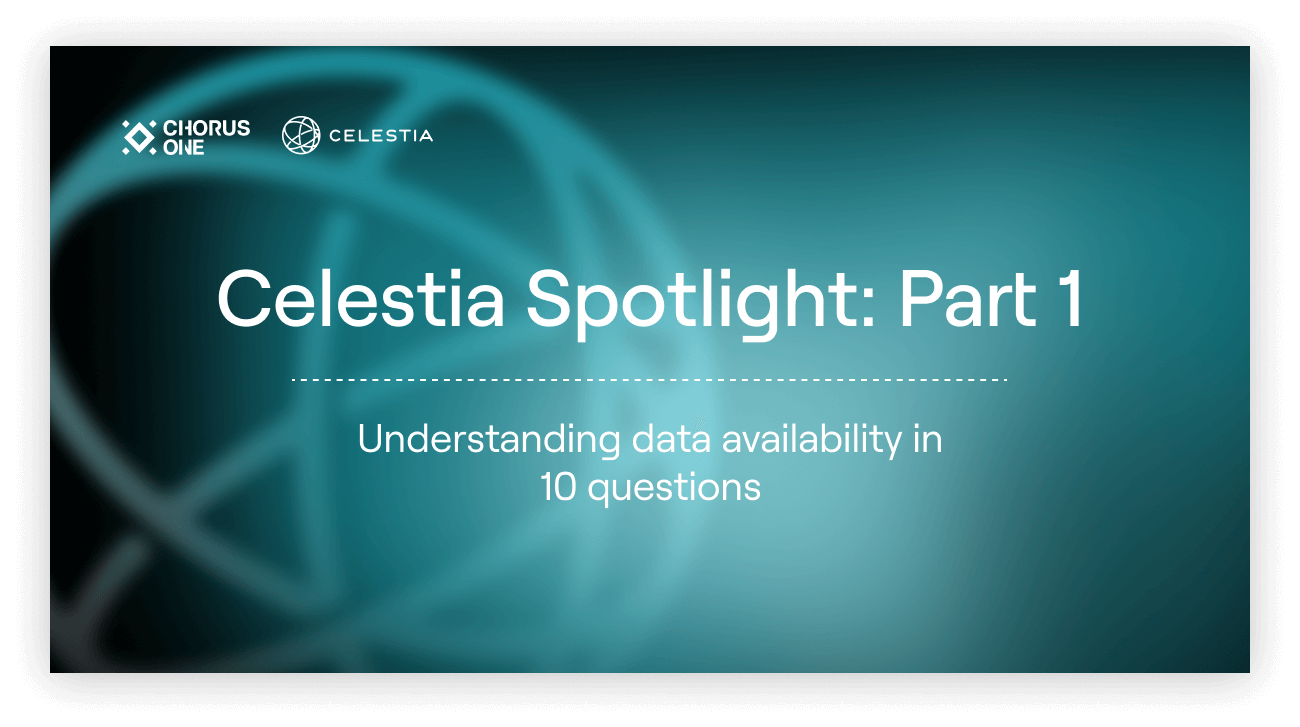
Celestia: Scalability via Data Availability Sampling (DAS)Celestia’s Data Availability Sampling (DAS) enables light nodes to efficiently verify large blocks by sampling small portions of data, enhancing scalability and reducing resource requirements for participants.
-
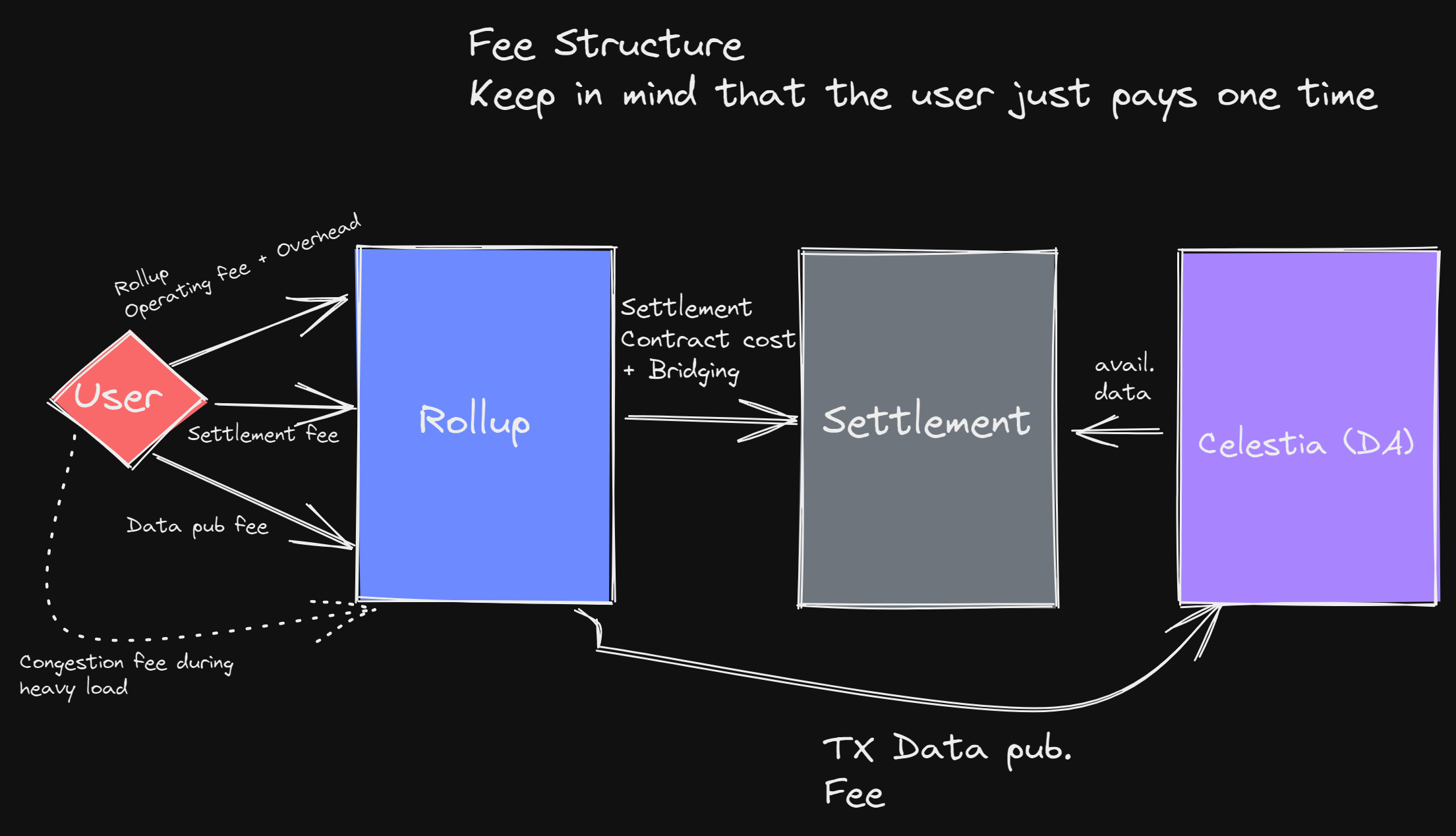
Celestia: Independent Consensus and Fraud ProofsCelestia uses its own Proof-of-Stake consensus and relies on fraud proofs for data availability, allowing for decentralized validation but requiring a challenge period for disputes.
-

EigenDA: Deep Ethereum IntegrationEigenDA is tightly integrated with Ethereum, leveraging EigenLayer’s restaking mechanism. This makes it an optimal choice for projects building directly on Ethereum or within its layer-2 ecosystem.
-
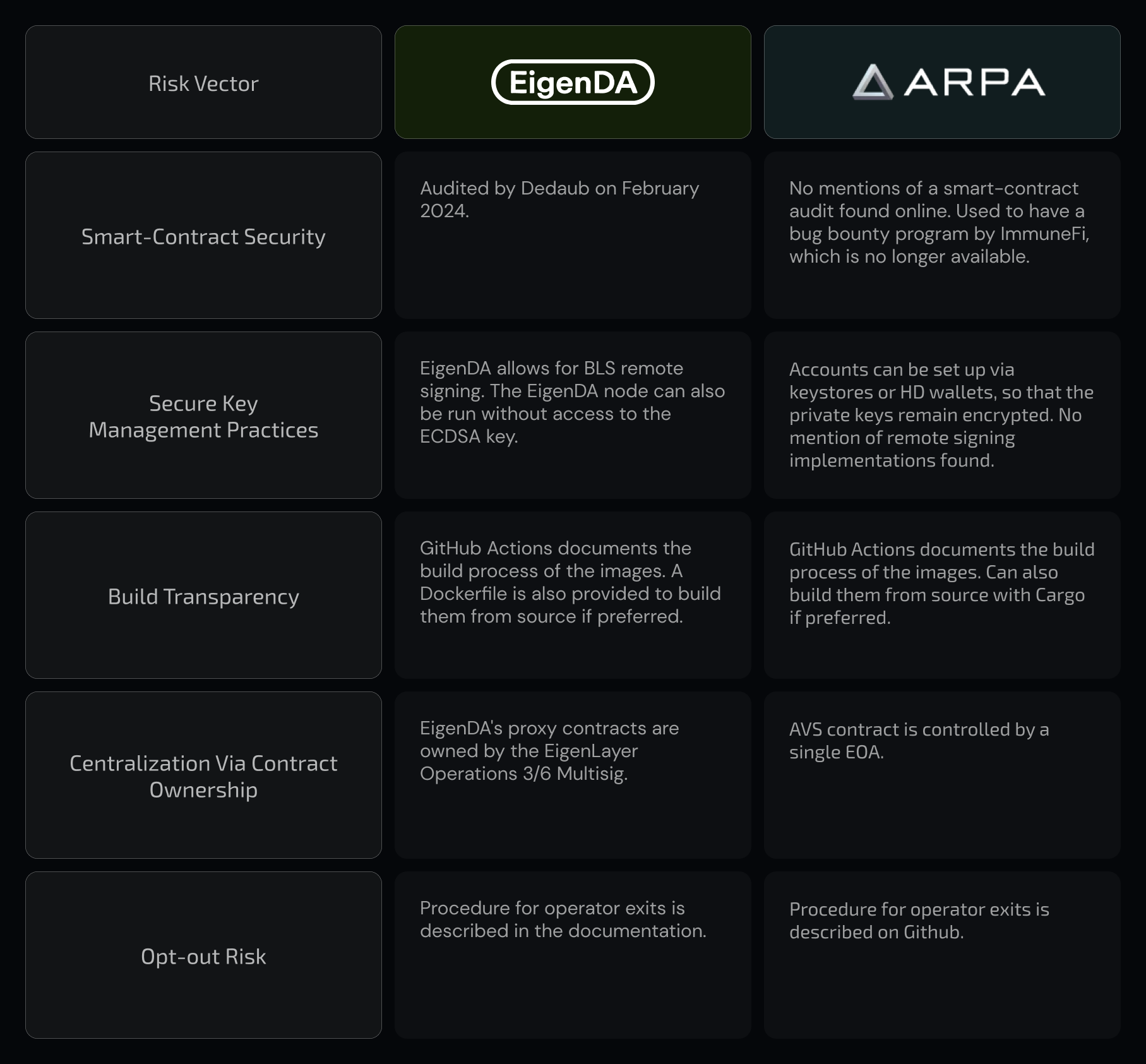
EigenDA: Enhanced Security via Dual QuorumEigenDA employs a Dual Quorum system, requiring attestations from both ETH restakers and rollup-native token stakers, which bolsters security and aligns incentives for data availability.
-
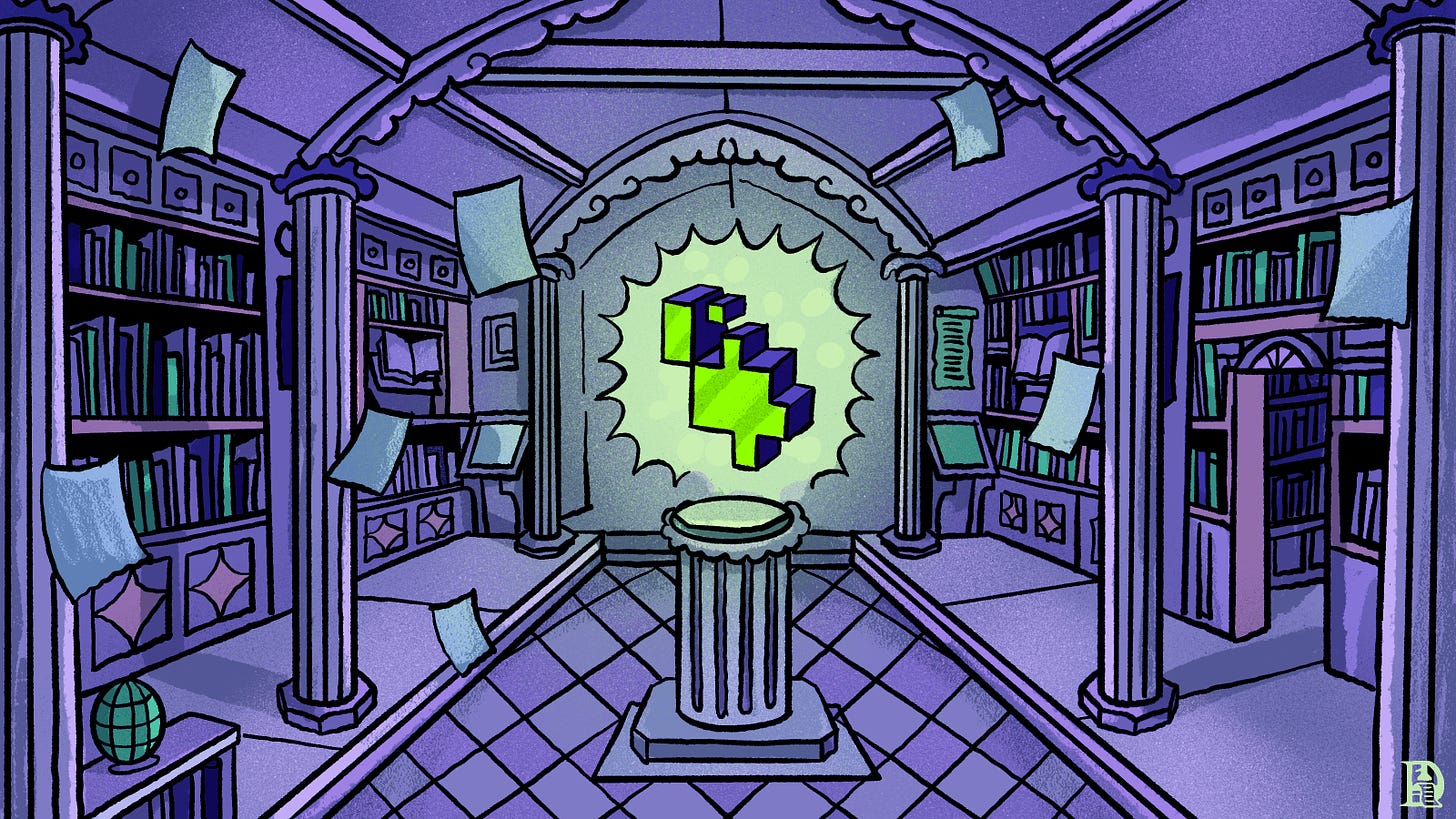
EigenDA: Proactive Data Verification with KZG CommitmentsEigenDA utilizes KZG commitments for validity proofs, enabling nodes to verify data correctness without downloading entire data blobs. This approach offers proactive assurance of data availability and integrity.
-
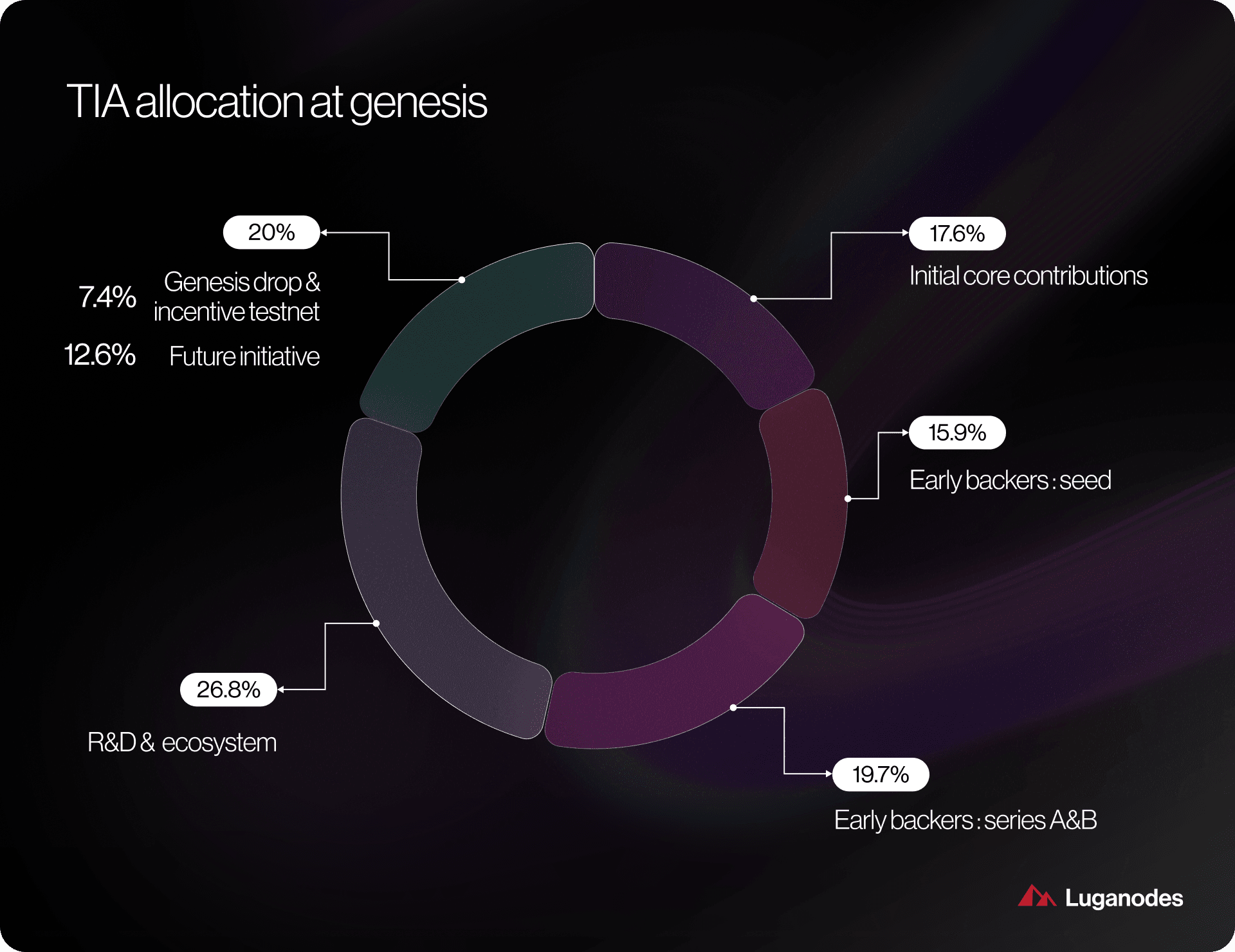
Celestia: Potentially Broader Ecosystem ReachWith its modular, blockchain-agnostic design, Celestia can serve rollups across diverse ecosystems, not just Ethereum, potentially attracting a wider range of projects.
-
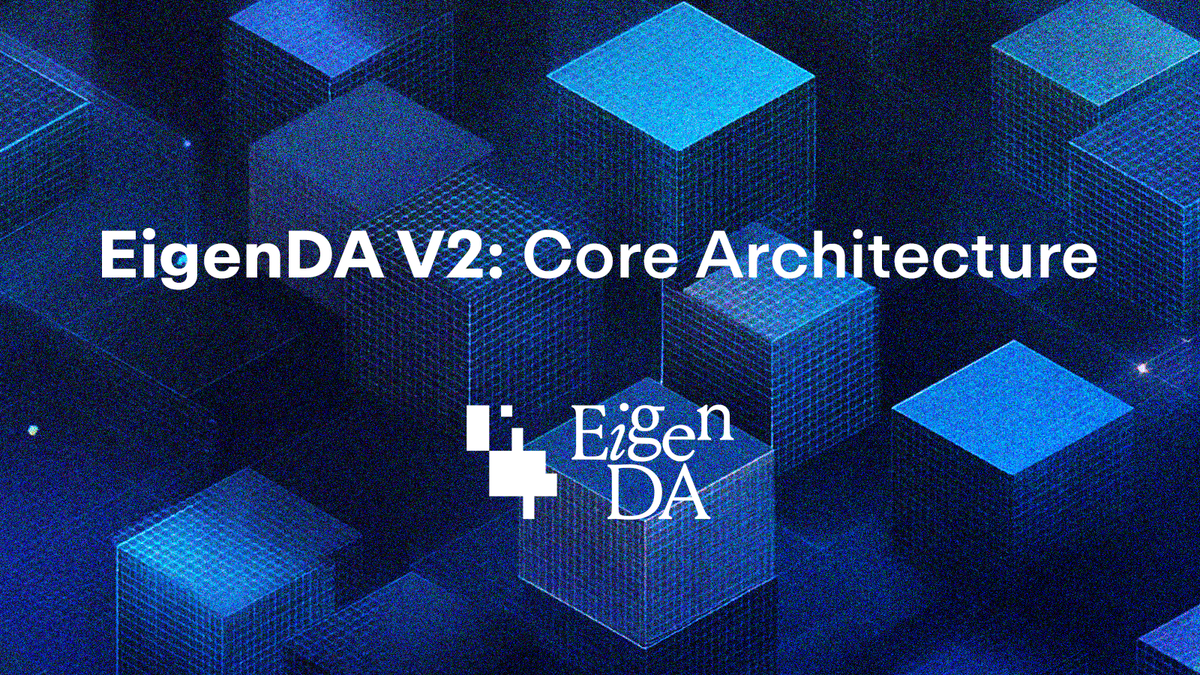
EigenDA: High Throughput Scaling with OperatorsEigenDA’s throughput scales linearly with the number of operators, offering high data availability tailored specifically for Ethereum rollup needs.
-
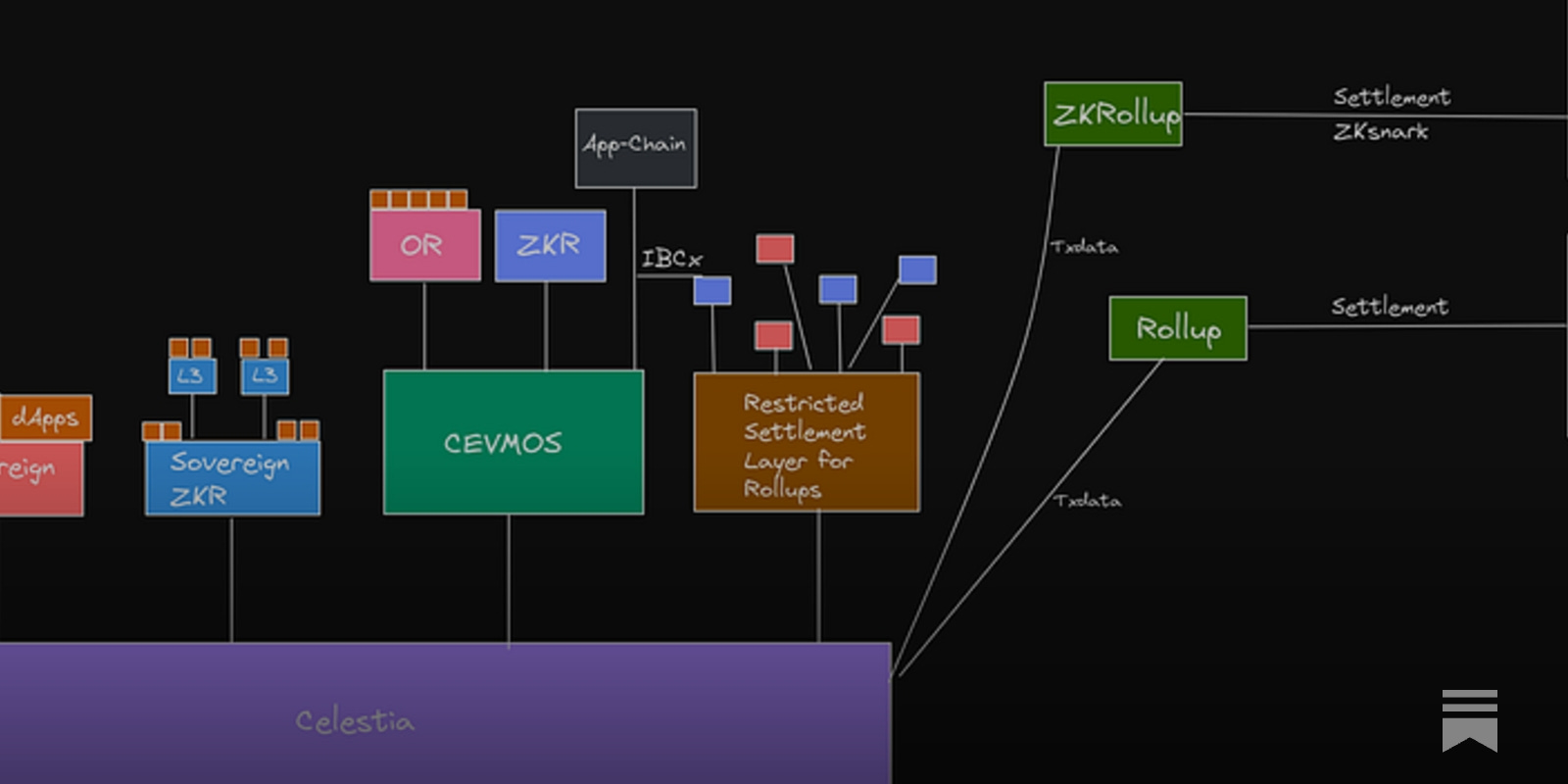
Celestia: Challenge Period May Delay FinalityCelestia’s fraud-proof system requires a challenge period for potential disputes, which can introduce delays in achieving transaction finality compared to validity-proof-based solutions.
-
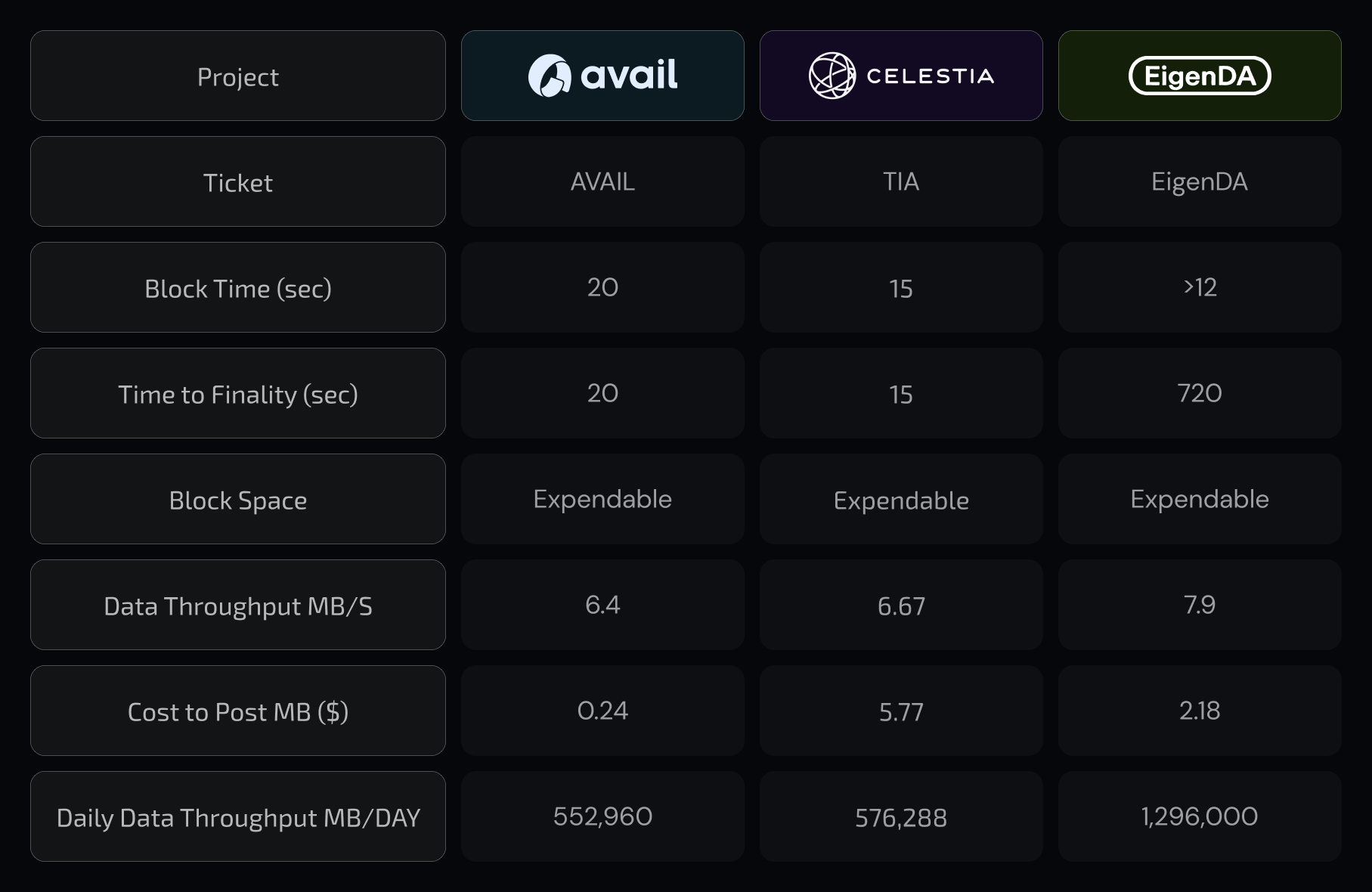
EigenDA: Limited to Ethereum EcosystemEigenDA’s design is deeply Ethereum-centric, making it less suitable for rollups or projects aiming for cross-chain or non-Ethereum environments.
Security Models in Practice
The security models underpinning these DA layers offer a study in tradeoffs:
- Celestia: Relies on open participation with fraud proofs; as long as one honest participant exists during a challenge window, withheld data can be detected and penalized.
- EigenDA: Proactively verifies data with KZG commitments; dual quorums make collusion attacks harder but require active coordination between ETH restakers and native token stakers.
This means risk profiles differ: Celestia leans on game theory and openness across any chain, while EigenDA doubles down on cryptographic guarantees within a permissioned set tied to Ethereum’s validator set.
Looking Ahead: The Modular Blockchain Landscape
The competition between Celestia and EigenDA reflects broader trends in modular blockchain design. As more rollups launch, and as alternative DA layers like Avail join the fray, the landscape will likely fragment along lines of interoperability versus native integration. Some projects may even opt for hybrid approaches, leveraging multiple DA providers for redundancy or strategic flexibility.
The ultimate winners will be users: lower costs, greater scalability, stronger censorship resistance, and novel composability options are all on the table as these protocols mature. For investors tracking modular infrastructure or developers architecting the next generation of dApps, keeping an eye on evolving standards in data availability layers is essential.




